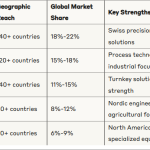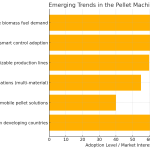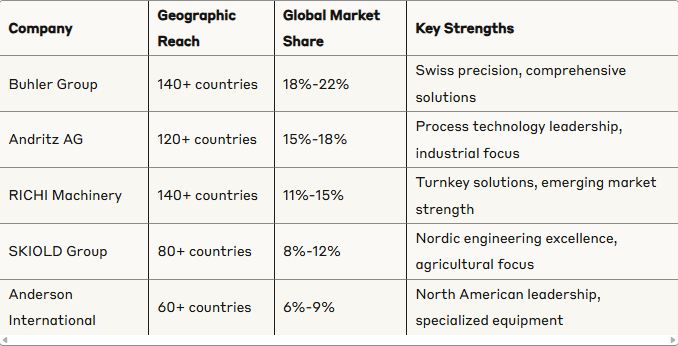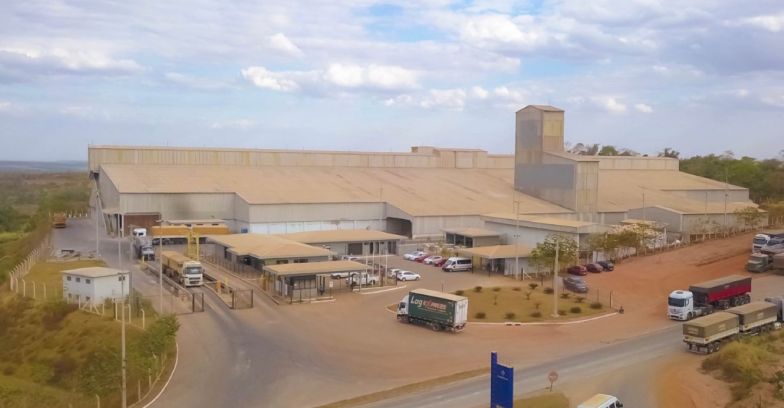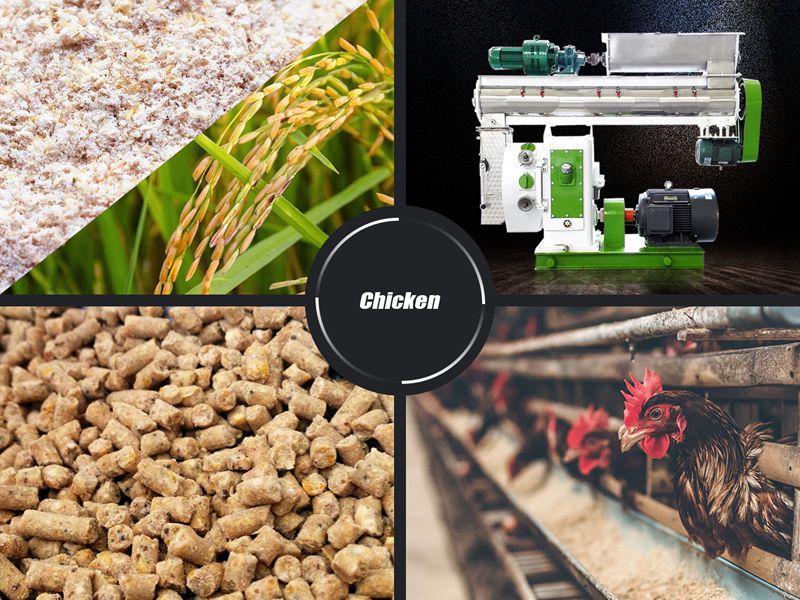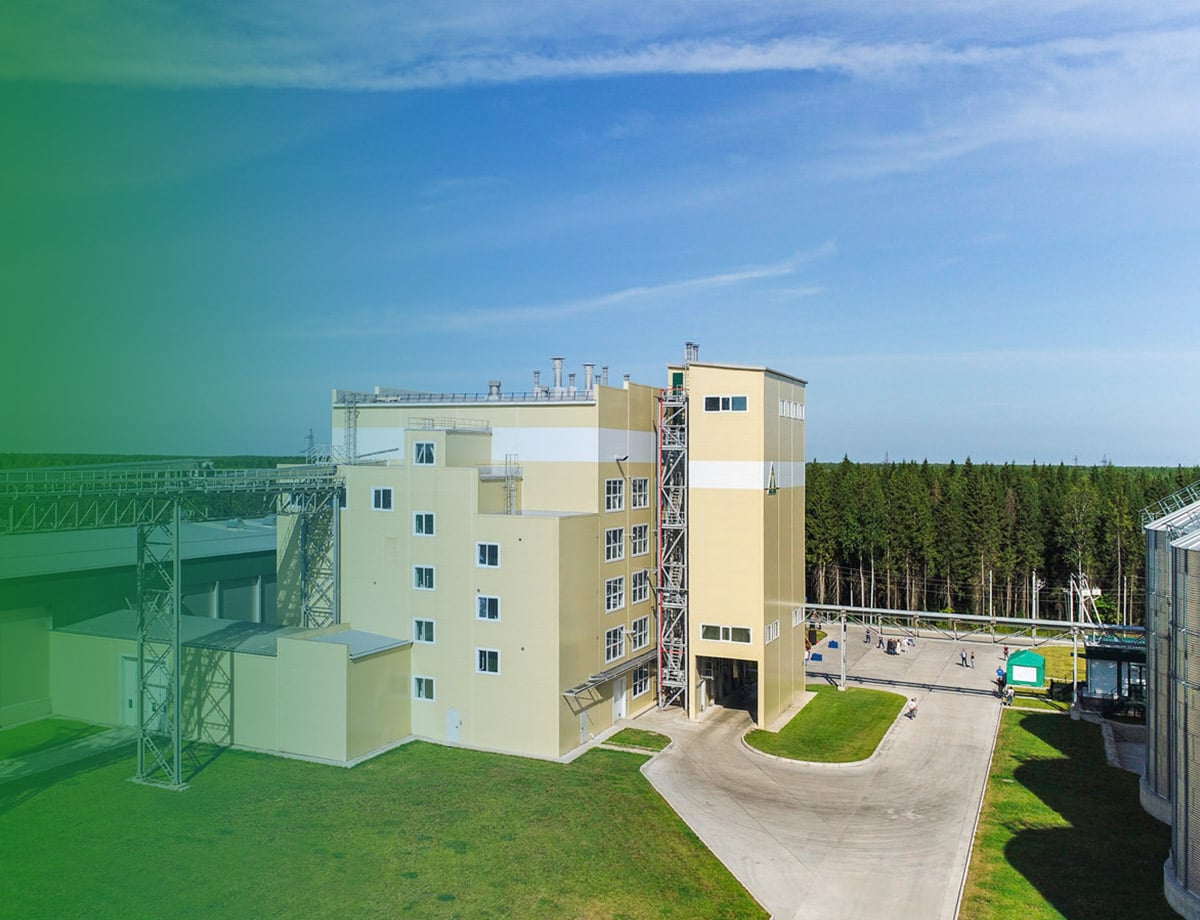A 20-30 tons per hour (t/h) animal feed factory project represents a significant investment in the animal feed industry. Selecting the right sales channels is critical to the success of such a project, and these channels can vary by region. This article explores the factors influencing the choice of sales channels for a 20-30t/h animal feed factory and how these channels differ based on geographic location.
Understanding Sales Channels
Sales channels are the pathways through which products reach end customers. For an animal feed factory, these channels may include direct sales to farms, distributor networks, retail outlets, e-commerce platforms, government contracts, and export markets. Each channel has its advantages and challenges, and their effectiveness can vary significantly depending on the region.
Factors Influencing Sales Channel Selection
Market Structure and Demand
The local market’s structure and the demand for animal feed are crucial in determining the most effective sales channels:
- Developed Markets: In regions with a well-established agricultural sector, large-scale farms may prefer direct purchases from feed mills.
- Emerging Markets: In emerging markets, smaller farms and cooperatives might dominate, making distributor networks and retail outlets more effective. (Related post; cattle feed plant project cost)
Geographic and Logistic Considerations
The geographic size and infrastructure of a region can impact sales channel selection:
- Urban vs. Rural: Urban areas may have better logistics and infrastructure, supporting direct sales and e-commerce. Rural areas, conversely, might rely more on local distributors and cooperatives.
- Transportation Networks: Regions with well-developed transportation systems can support broader distribution channels, including exports.
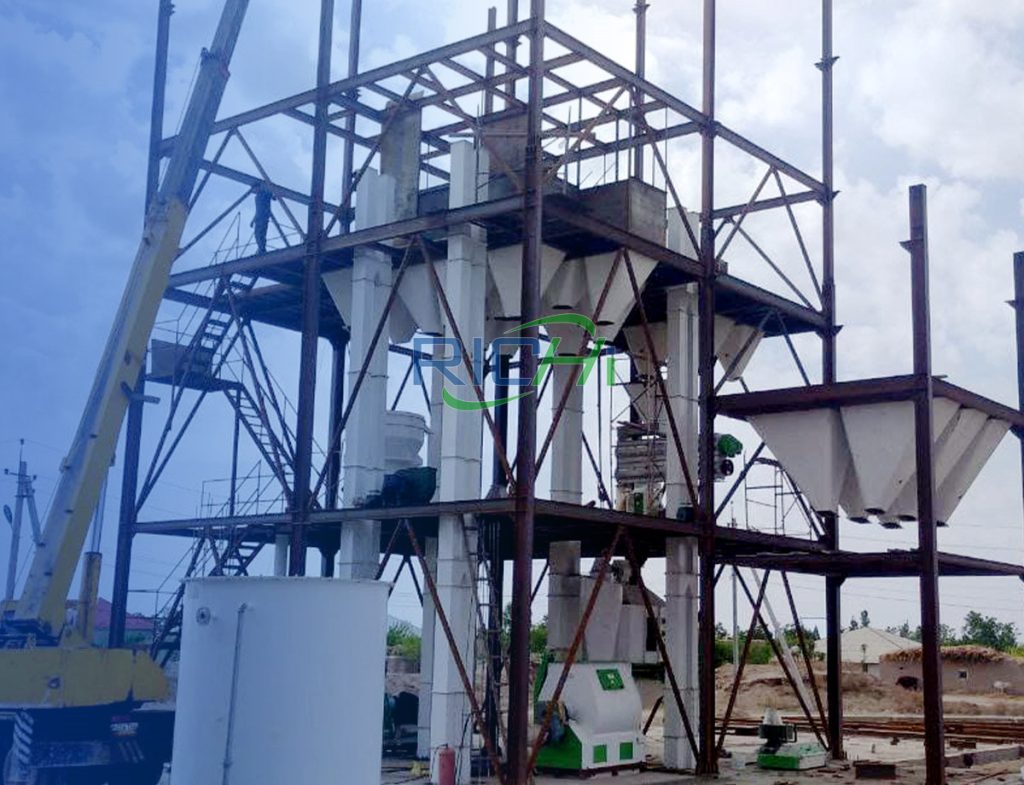
Regulatory Environment
Local regulations and standards can influence sales channel selection:
- Strict Regulations: In areas with stringent regulatory requirements, partnering with established distributors who understand local compliance can be beneficial.
- Government Contracts: In some regions, government contracts can be significant sales channels, especially in areas with government-led agricultural programs.
Economic Conditions
A region’s economic conditions can affect purchasing power and sales strategies:
- High-Income Regions: These areas may support premium pricing and direct sales to large-scale operations.
- Low-Income Regions: In these regions, cost-effective distribution through cooperatives and retail outlets might be more appropriate.
Cultural and Social Factors
Cultural preferences and social structures can also influence sales channel effectiveness:
- Community-Based Farming: In areas where community-based farming is prevalent, cooperatives and local distributors may be more effective.
- Technological Adoption: Regions with high levels of technological adoption may see greater success with e-commerce and digital marketing channels.
Regional Variations in Sales Channels
North America
- Direct Sales to Large Farms: North America has a high concentration of large-scale poultry and livestock farms that often prefer direct purchases from feed mills.
- Distributor Networks: Established distributor networks can help reach smaller farms and remote areas.
- E-commerce Platforms: High internet penetration supports the use of e-commerce platforms for feed sales.
Europe
- Cooperatives: Many European countries have strong agricultural cooperatives that play a significant role in feed distribution.
- Government Contracts: In certain regions, government contracts and agricultural subsidies can be substantial sales channels.
- Retail Outlets: Retail outlets and agricultural supply stores are common, especially in rural areas.
Asia
- Distributor Networks: In many Asian countries, distributor networks are crucial due to the fragmented nature of the farming sector.
- Local Markets: Local markets and retail outlets are important for reaching small-scale farmers.
- Export Opportunities: Some Asian countries, like China, have significant export opportunities for animal feed.
Africa
- Local Distributors: Due to infrastructure challenges, local distributors are essential for reaching remote areas.
- Government Programs: Government-led agricultural programs can serve as significant sales channels.
- Cooperatives: Agricultural cooperatives play a vital role in many African nations.
Latin America
- Direct Sales to Large Farms: Similar to North America, large-scale farming operations in Latin America often prefer direct purchases.
- Retail Outlets: Retail outlets and local markets are important, especially in rural areas.
- Distributor Networks: Distributor networks help reach smaller farms and remote regions.
Optimizing Sales Channels for Regional Success
To optimize sales channels for a 20-30t/h animal feed factory project, consider the following strategies:
Market Research
Conduct thorough market research to understand the local market structure, demand, and preferences. This will help identify the most effective sales channels for each region.
Build Strong Relationships
Develop strong relationships with local distributors, cooperatives, and government agencies. These partnerships can provide valuable market insights and help navigate local regulations.
Leverage Technology
Utilize technology to reach a broader audience. E-commerce platforms, digital marketing, and data analytics can help target the right customers and optimize sales strategies.
Adapt to Local Conditions
Tailor your sales strategies to local conditions. This may involve adjusting pricing, packaging, and marketing messages to suit the local market.
Monitor and Adjust
Continuously monitor the performance of different sales channels and be prepared to adjust strategies as needed. This will help respond to market changes and maximize sales revenue.
Conclusion
The selection of sales channels for a 20-30t/h animal feed factory project can indeed vary by region. Factors such as market structure, geographic considerations, regulatory environment, economic conditions, and cultural factors all play a role in determining the most effective channels. By understanding these regional variations and optimizing sales strategies accordingly, feed mill operators can ensure successful market penetration and maximize sales revenue.
For details please contact: pellet machine
WhatsApp:86 138 3838 9622
Email:enquiry@richipelletmachine.com

